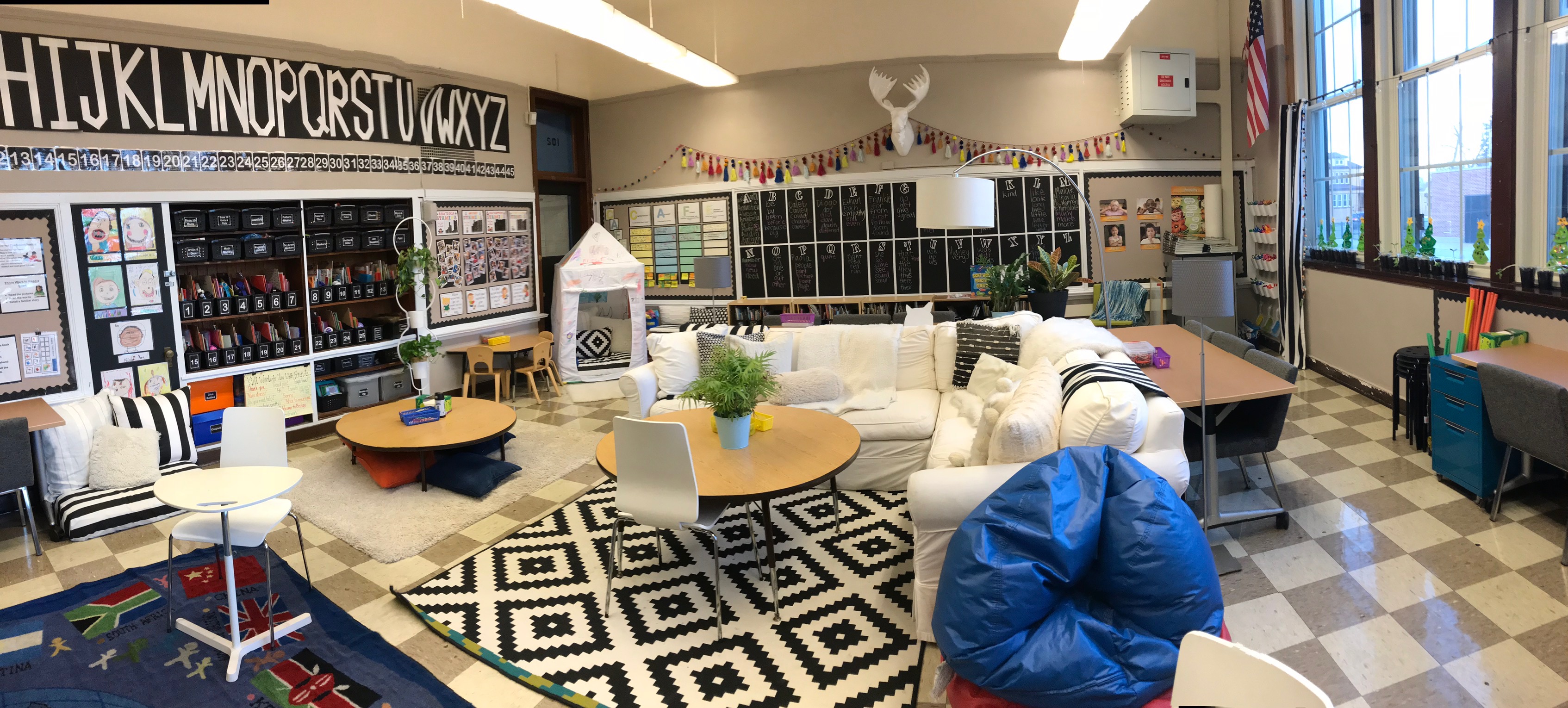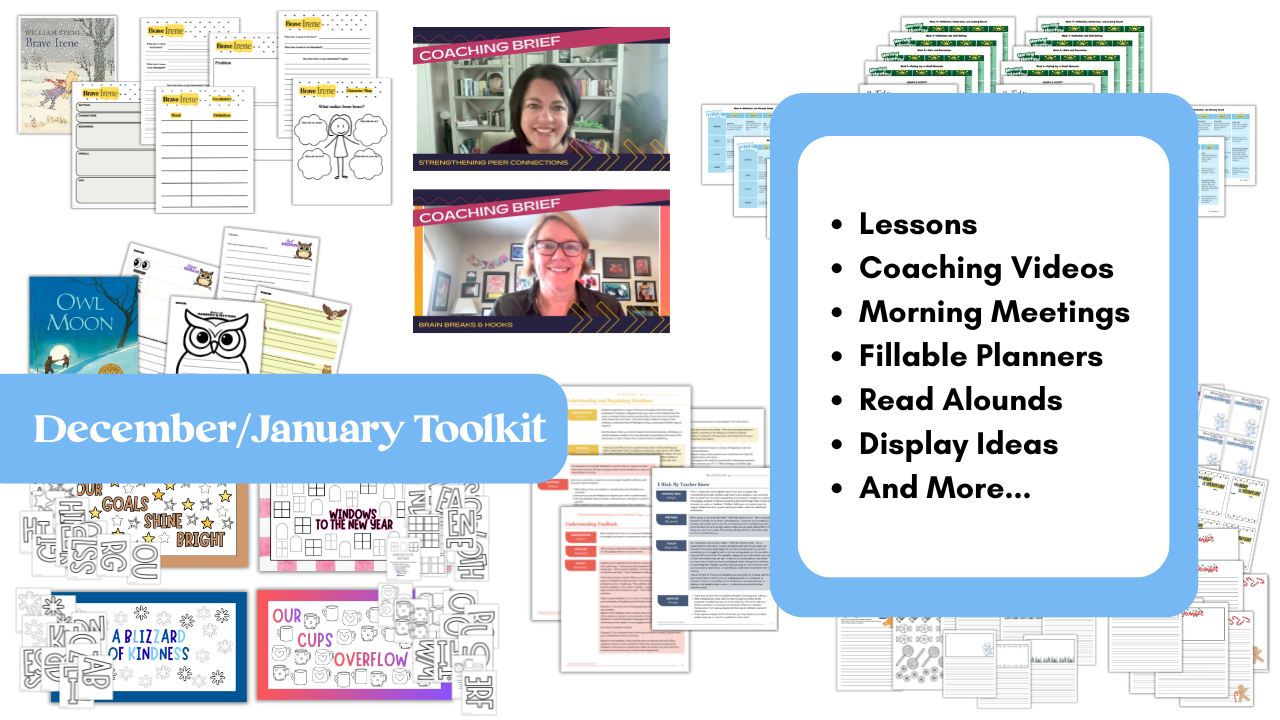
As teachers, we spend so much time preparing our classrooms before the first day of school. We think about where everything will go, how to keep things organized, and how to create a warm, welcoming space. But there’s one simple, powerful shift that can make a huge difference in how effective that space really is: looking at it through the eyes of your students.
I teach second grade, and one thing I try to do—before the bulletin boards are fully decorated and the pencils are perfectly sharpened—is get down on my students’ level, literally. I walk through the room from their eye level. What do they see? What can they reach? What feels inviting, and what feels overwhelming?
1. Design with Their Eye Level in Mind
That beautiful anchor chart you hung near the ceiling? They probably can’t read it from their seats. That carefully labeled bin you tucked in the back of a deep shelf? They may not even know it’s there.
Try this: Sit in a student chair or kneel on the floor and do a slow 360-degree spin. Are your most important visuals at their eye level? Are classroom expectations posted where they can actually see them and refer to them? Rearranging just a few things can increase student independence and reduce the number of “Where is…?” questions you get every day.
2. Make Tools Accessible
We can unintentionally design a room that requires teacher help for everything: opening drawers, finding supplies, or accessing books. But part of building independent learners is giving them access to what they need without constant assistance.
Try this: Choose 3–5 items students use most (pencils, glue, math manipulatives, independent reading books) and ask yourself: “Can my students find this on their own, use it appropriately, and put it back easily?” If the answer is no, it might be time to rethink your storage system.
3. Reconsider Your Comfort Zones
Would you want to sit in your classroom for 6+ hours a day? Are there options for students who like to stand, move, curl up with a book, or work with a friend?
Try this: Add a few flexible seating options—like clipboards for the rug, a low table for kneelers, or seat cushions. Then, teach students how and when to use them. A cozy classroom feels more like a shared space and less like a teacher-owned room.
4. Instruction Should Feel Within Reach
Think about how you deliver instructions. Do students feel confident they know what to do? Are they relying on you to repeat directions or can they use tools in the room to guide them?
Try this: Use visual cues—like checklists, anchor charts, or icons—to scaffold independence. Post “steps for success” near learning centers or use picture directions. These supports help second graders take charge of their own learning.
It’s Their Room Too
When we step back and view the classroom from the student perspective, we shift from a teacher-centered space to a student-centered one. And when kids feel like they belong, when they can access what they need, and when they know how the room works—they thrive.
So next time you’re organizing your classroom, take a moment to kneel down, look around, and ask: “What does this look like through their eyes?” You might be surprised by what you discover.



